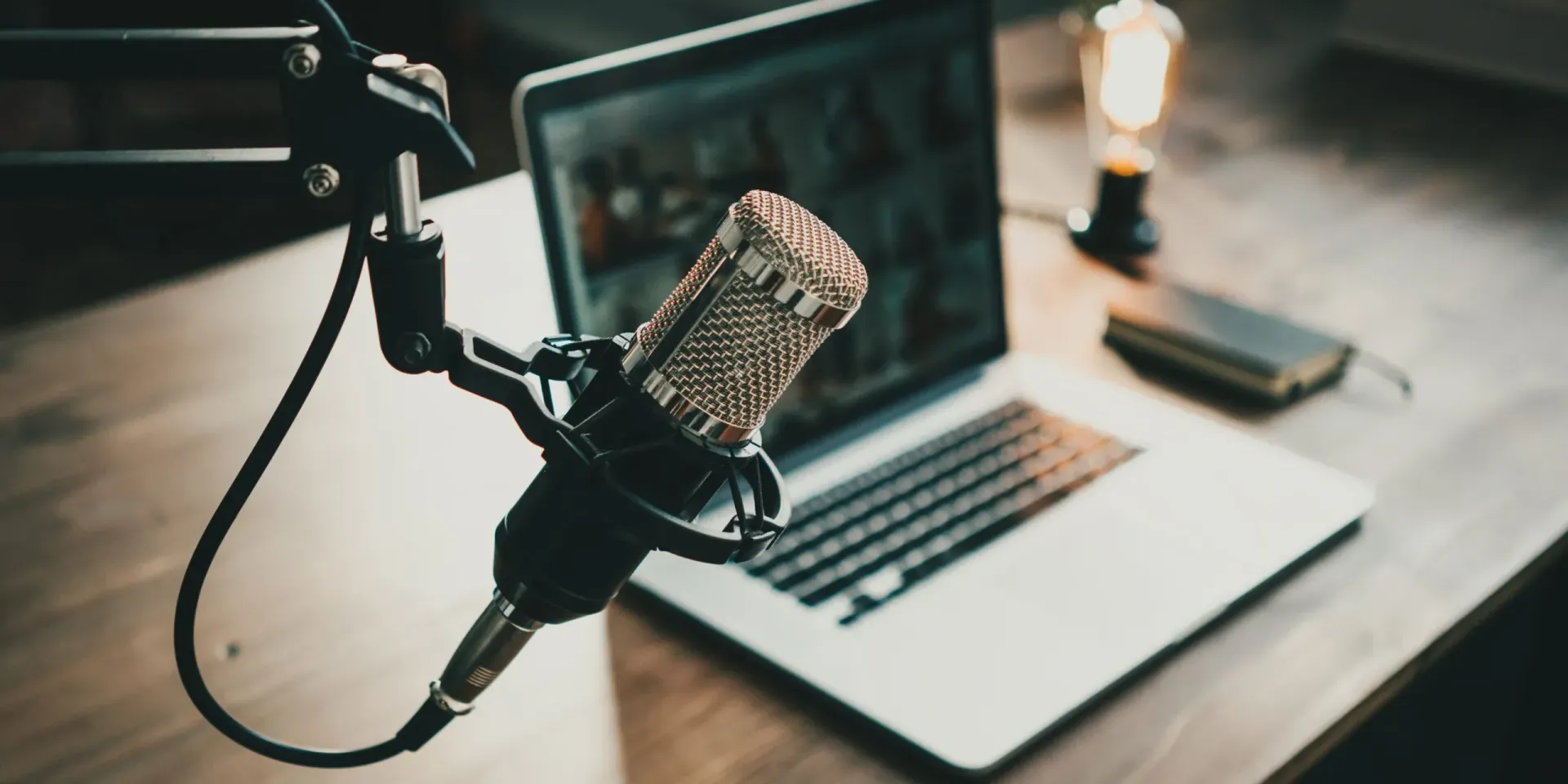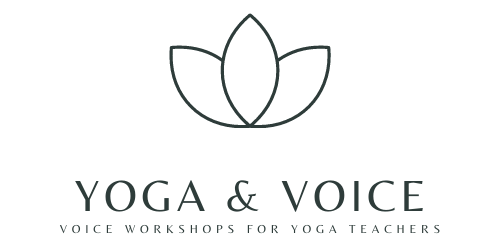Be Prepared
I used to roll my eyes at my husband’s “Travel Binder” – whenever we embark on a vacation, Pete has been busy weeks leading up to the trip designing the most detailed, complex dossier you’ve ever seen. Flight and hotel confirmation documents are encased in plastic sleeves; pre-paid transport confirmations have their own index tab; even sight-seeing research and cell phone sim card information are meticulously indexed. My step-daughter and I even joked – while on a cruise with her Dad – that if we couldn’t decide which cocktail to have before dinner, there was probably a dedicated tabbed section of the binder outlining drinks, their content, and the price.
Tease as we did; there’s a lot to be said for being as organized and prepared as possible.
Nowhere is that more important than if you’re going to be speaking in public, in any capacity.
There is no such thing as being “over-prepared”, and the more research, the more knowledge you have, and the more you anticipate the various directions that the presentation will go, the more you will be in control and the less intense nerves will be.
So how can you become so prepared that there is little other option than success?
Know Your Material.
Whether it’s a PowerPoint presentation or a guided meditation – and even if you need to refer to your material – make sure it’s a reference and not reading verbatim. The goal is to be able to use the slides or your notes to make sure you’re on track and to spark your memory; but that you know the material well enough to go “off script”. This will give you an air of naturalness and authenticity and a less robotic “read” quality to your voice.
Know Your Audience.
It’s important to prepare for just *who* will be consuming what you’re offering; presenting an idea or concept in front of industry insiders will be a very different conversation than pitching to the lay public. In the context of yoga teaching: is this a registered class of teachers looking to add to their professional development, or a class geared towards newbies? All are welcome – and it’s possible to approach it in a hybrid fashion for all levels of attendees – but it's key to know who is in attendance and what their level of comprehension is.
Envision it Going Well – Then Do the Other Thing
I used to be a bundle-of-nerves public speaker when I spoke at conferences (for my main job, as a voice on telephone systems; I speak at conferences about ways to improve the caller experience), until I did two things: I became super-organized, leaving nothing to chance, and I envisioned it going well. It was just as easy to picture attendees sitting with rapt attention as it was picturing bored looks and people nodding off. I imagined how good it would feel to be so immersed in the material that I forgot I was onstage and that all eyes were on me. I was just talking – enthusiastically – about a topic which interested me and that I knew interested others.
And just by doing that, it happened.
The minute I decided to stop fixating on the idea that I was responsible for filling up 40 minutes on the lecture schedule and that I’m probably not engaging/legitimate/worthy enough, that was the minute that things shifted. I’m meant to be there. And they know it.
I also found it useful to do the other thing – and that is: anticipating where things could go sideways, and matching that up with a remedy. For me it’s technical gremlins which are most apt to plague me. I recently did a yoga and voice workshop, and I forgot to bring my computer charger. This became problematic, as my laptop was plugged into many peripherals to run the slides and connect to Zoom. The power was zapped in no time, and that was on me. I now travel with an armamentarium of technical accessories, leaving nothing to chance. Sometimes, imagining the worst can help you prepare to fend off any glitches that may happen.
There’s nothing like good prep to make sure you’re in your element, you have complete control of the space you’re occupying, and your confidence is unshakable.










